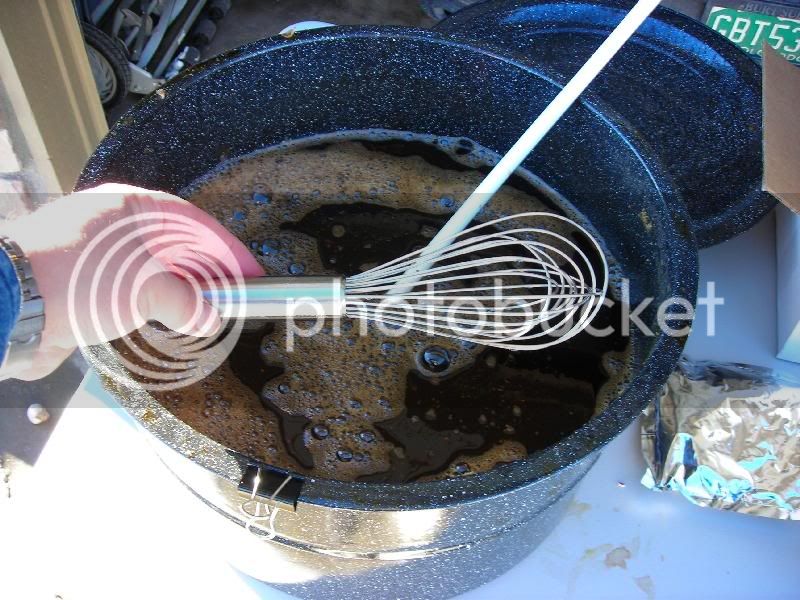Adam's Apples
Well-Known Member
- Joined
- Sep 30, 2006
- Messages
- 266
- Reaction score
- 0
The only real part of my brewing process I'm not completely happy with yet is the aeration of my wort. I do full boils, so thought I would help my brews by buying an aquariam pump + aeration stone.
Do any of you guys use this technique and, if so, are there any guideline amounts as to how long aeration via this method takes? Is it possible to over aerate the wort and could this have a negative affect on my brew?
Any tips appreciated.
Cheers
Do any of you guys use this technique and, if so, are there any guideline amounts as to how long aeration via this method takes? Is it possible to over aerate the wort and could this have a negative affect on my brew?
Any tips appreciated.
Cheers





